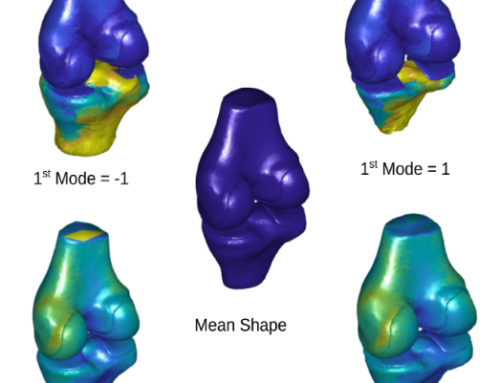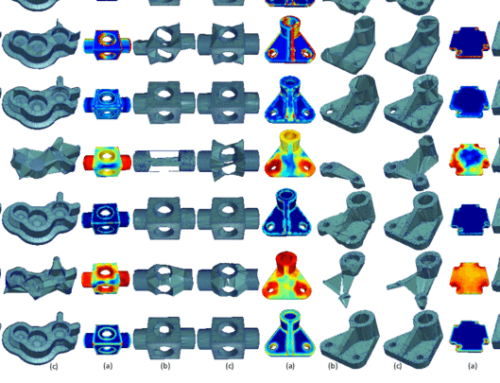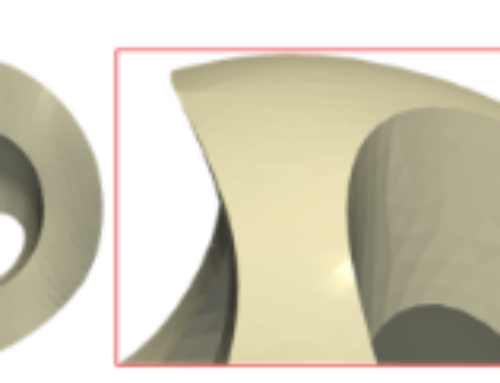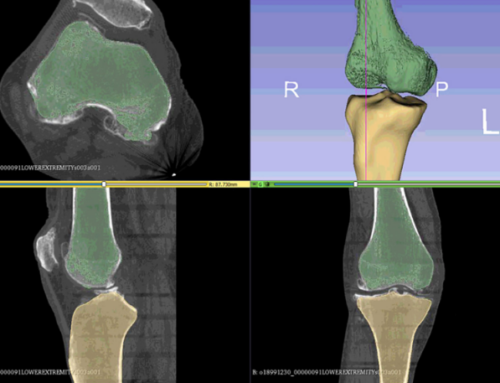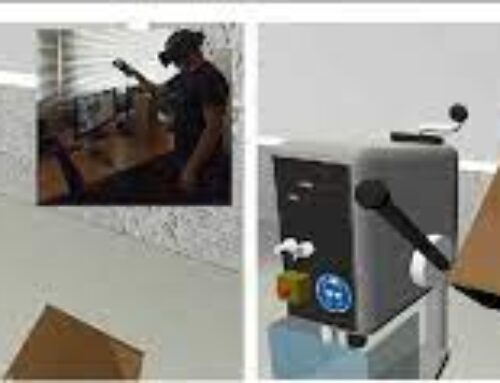Signal Processing on Static and Dynamic 3D Meshes: Sparse Representations and Applications
Nowadays, real-time 3D scanning and reconstruction becomes a requirement for a variety of interactive applications in various fields, including heritage science, gaming, engineering, landscape topography, and medicine. From the introduction of 3D scanning, which allowed the representation of real world or synthetic objects into the virtual world, hardware and software advances have seen tremendous progress. However, despite the continuous improvement of the new generation image sensors and acquisition techniques, the acquired data are often corrupted by the low-frequency noise, outliers, misalignment, missing data, and variations in point density. These effects are amplified if the low-cost sensors and hardware are being used (e.g., mobile devices); thus, the acquisition and communication cost per datum is driven to a minimum. This paper provides a comprehensive review of the ongoing efforts in geometry and signal processing, describing several models from a wide range of signal processing relevant tasks, such as robust principal component analysis, compressive sampling, and matrix completion. Various scalable architectures and optimization algorithms are analyzed and reviewed, revealing significant insights into the fundamental processing operations and the involved implementation tradeoffs. Moreover, the impact of sparse modeling and optimization tools to several 3D mesh processing tasks, such as completion of missing data, feature preserving noise removal, and rejection of outliers, is illustrated via test cases with several constraints posed by the arbitrarily complex animated scenarios. Finally, the identified limitations together with the potential open research directions are also presented for future research efforts toward modeling and optimization for static and dynamic 3D models
A.S. Lalos, G. Arvanitis, E. Vlachos, K. Moustakas and K. Berberidis, “Signal Processing on Static and Dynamic 3D Meshes: Sparse Representations and Applications”, IEEE Access, vol. 7, no.1, pp. 15779-15803, January 2019.



